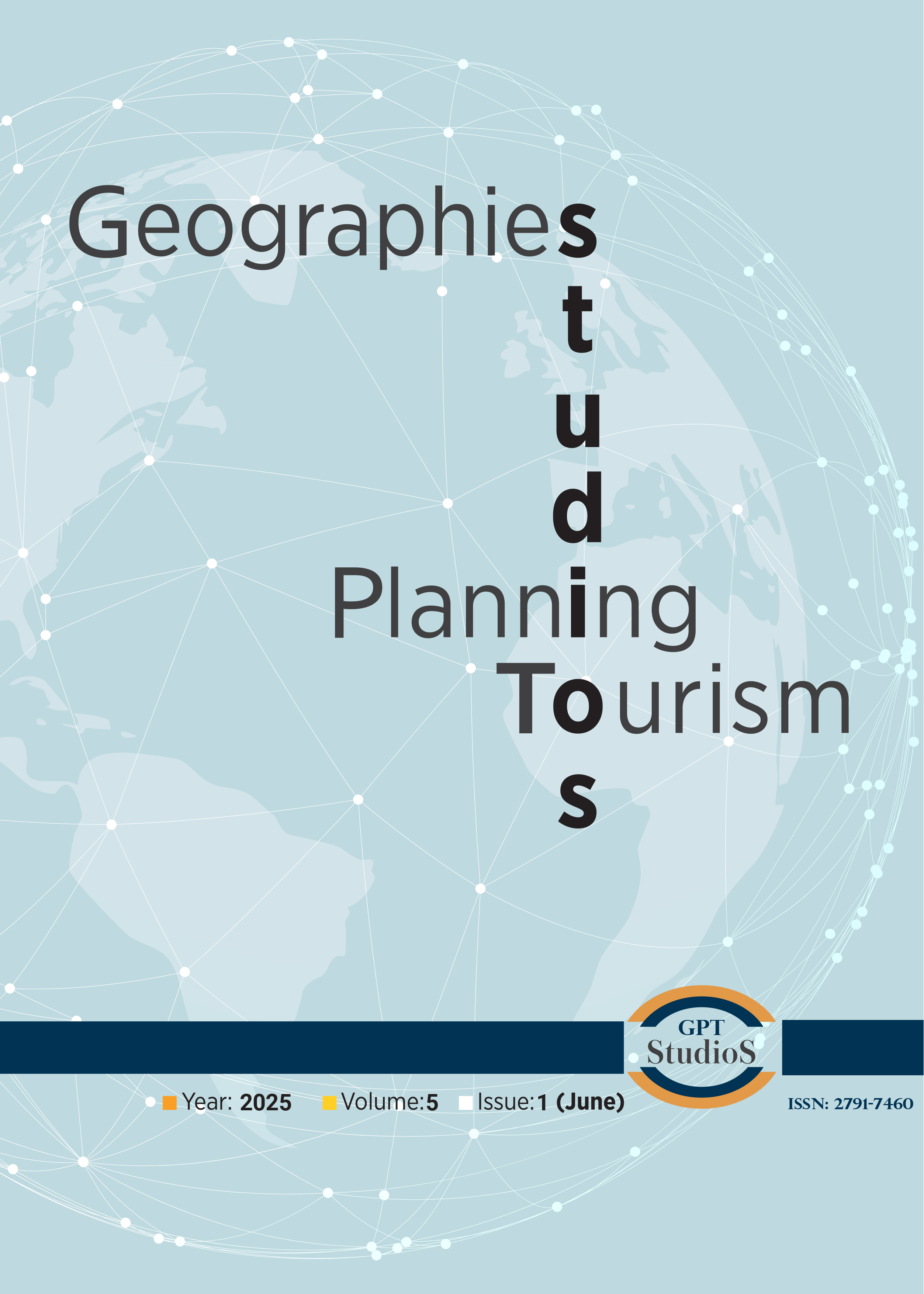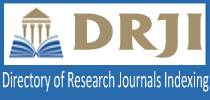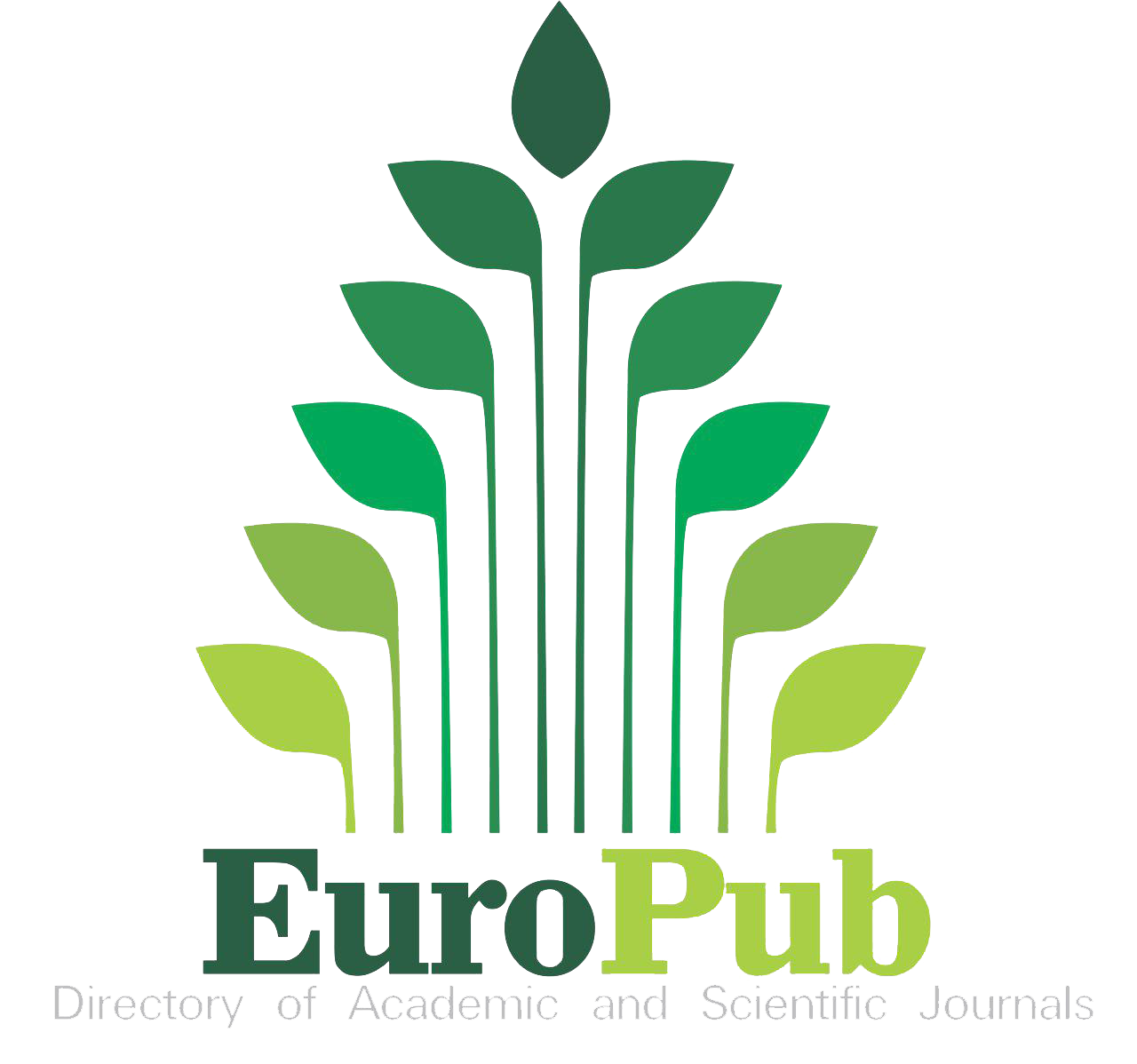
Makaleler Açık Erişimlidir ve Creative Commons Atıf-GayriTicari 4.0 Uluslararası Lisansı ile Lisanslanmaktadır.
Accessibility Analysis of Green Spaces in Two Neighborhoods with Diverse Socio-Economic Status (SES) in Istanbul
İlayda Kılıç, Fatih TerziIstanbul Technical University, Faculty of Architecture, Department of Urban and Regional Planning, İstanbul, TurkeyAccess to urban green spaces is an important issue that has been studied by different disciplines for a long time, especially in the fields of economy, environment, and urban studies. Urban green spaces contribute to the increase in the quality of urban life for individuals and have an important place in the relationship between space and a healthy life. Access to urban green spaces, on the other hand, is not the same for all segments of society and may vary due to social and economic inequalities in neighborhoods. In addition, the distribution and accessibility of urban green spaces within the city may not be of the same standard for every neighborhood. This inequality has become more visible, especially during the COVID-19 pandemic. This article explores whether there is a relationship between socio-economic status (SES) level and accessibility to urban green spaces.
Bakırköy and Bağcılar districts of Istanbul were chosen as sample areas because they are close to each other in terms of location, they are similar in terms of area and population, but their socio-economic status (SES) is different. Accessibility to green areas in these districts was evaluated according to the following indicators: a) the ratio of the amount of green area to the neighborhood area, b) the green area per capita, c) the average size of the green area and d) the ratio of the coverage of walking distance to the green space to the neighborhood. The research results reveal that there is a link between the socio-economic status (SES) index of the neighborhoods and the level of access to existing urban green spaces.
Makale Dili: İngilizce











